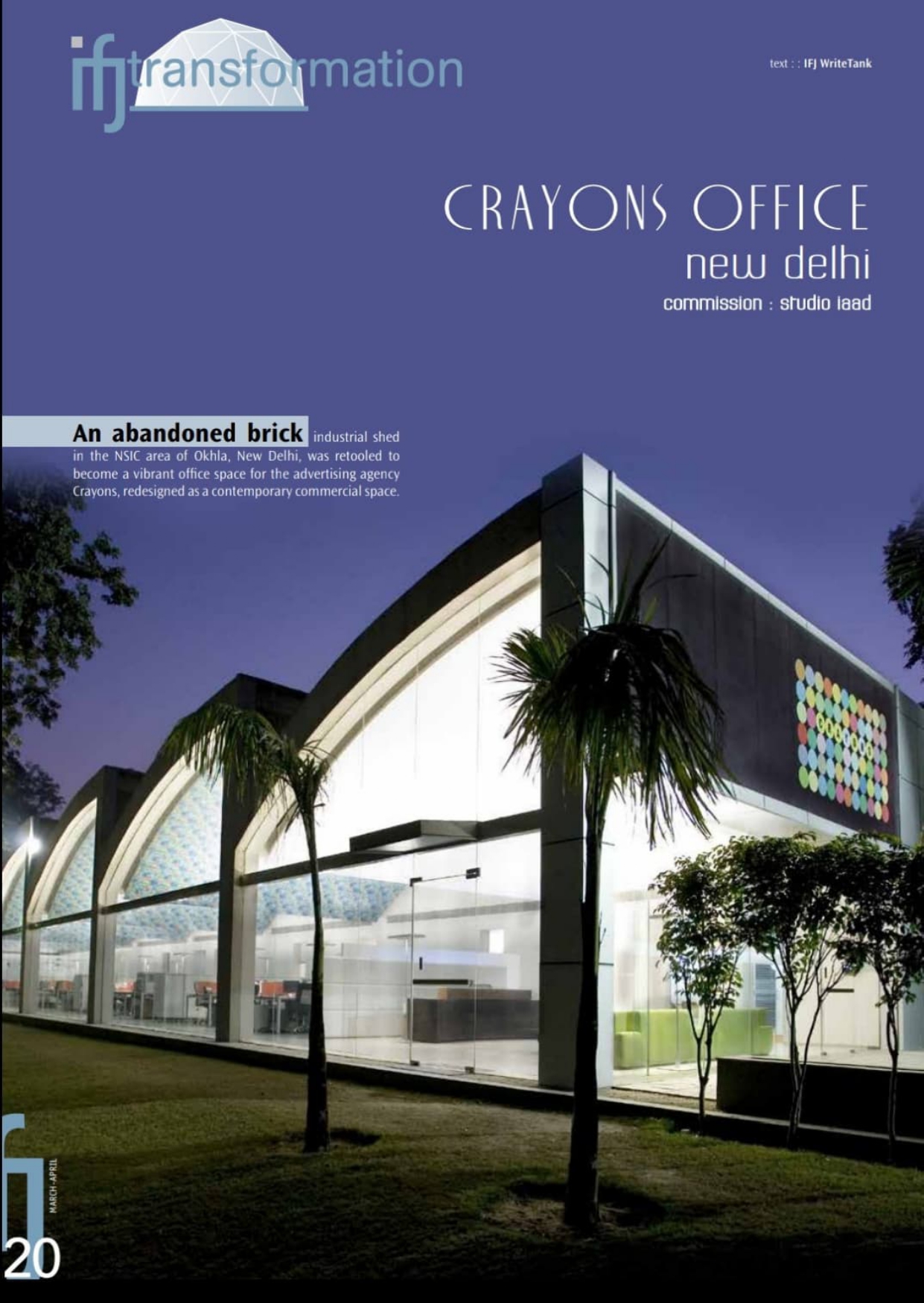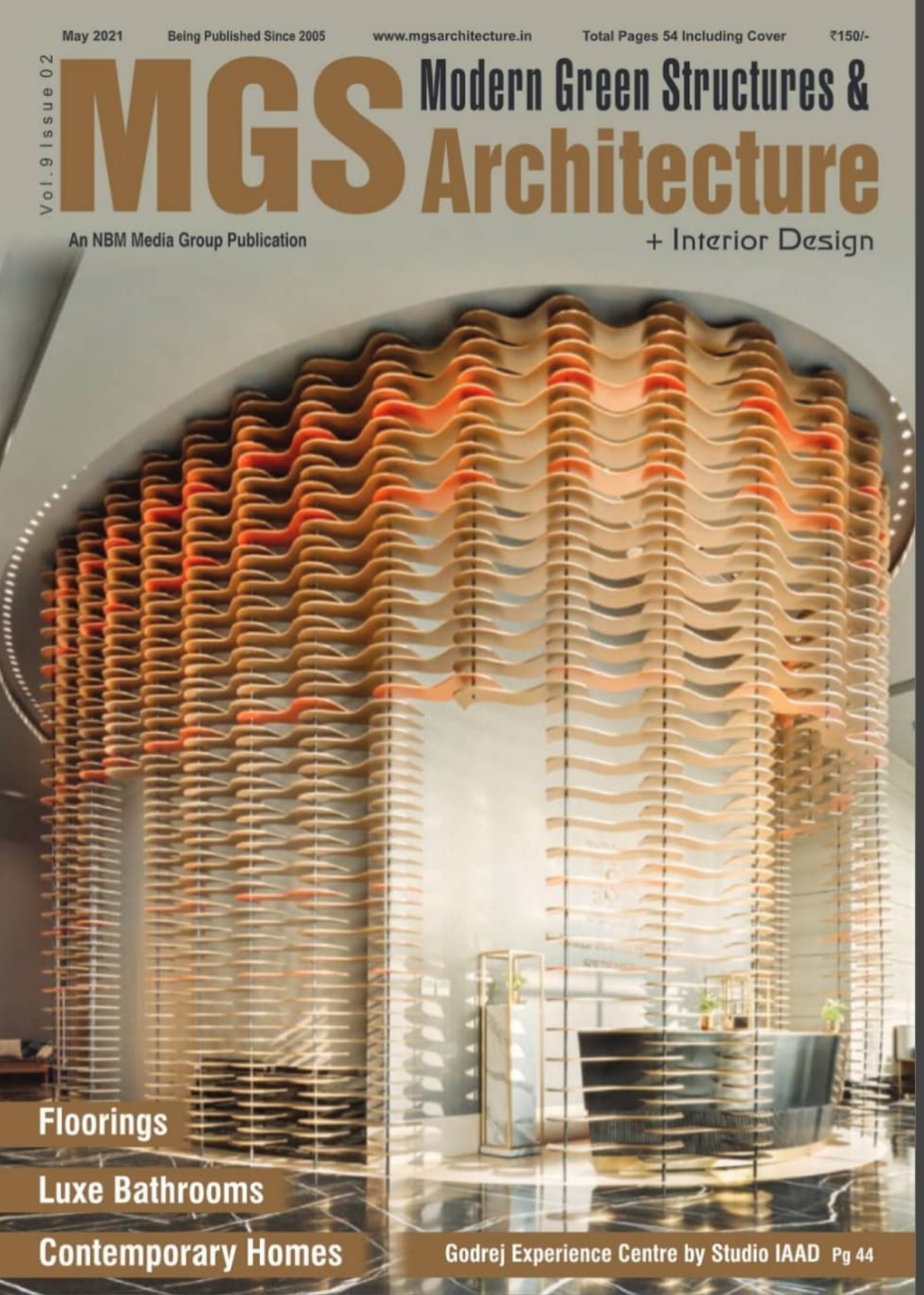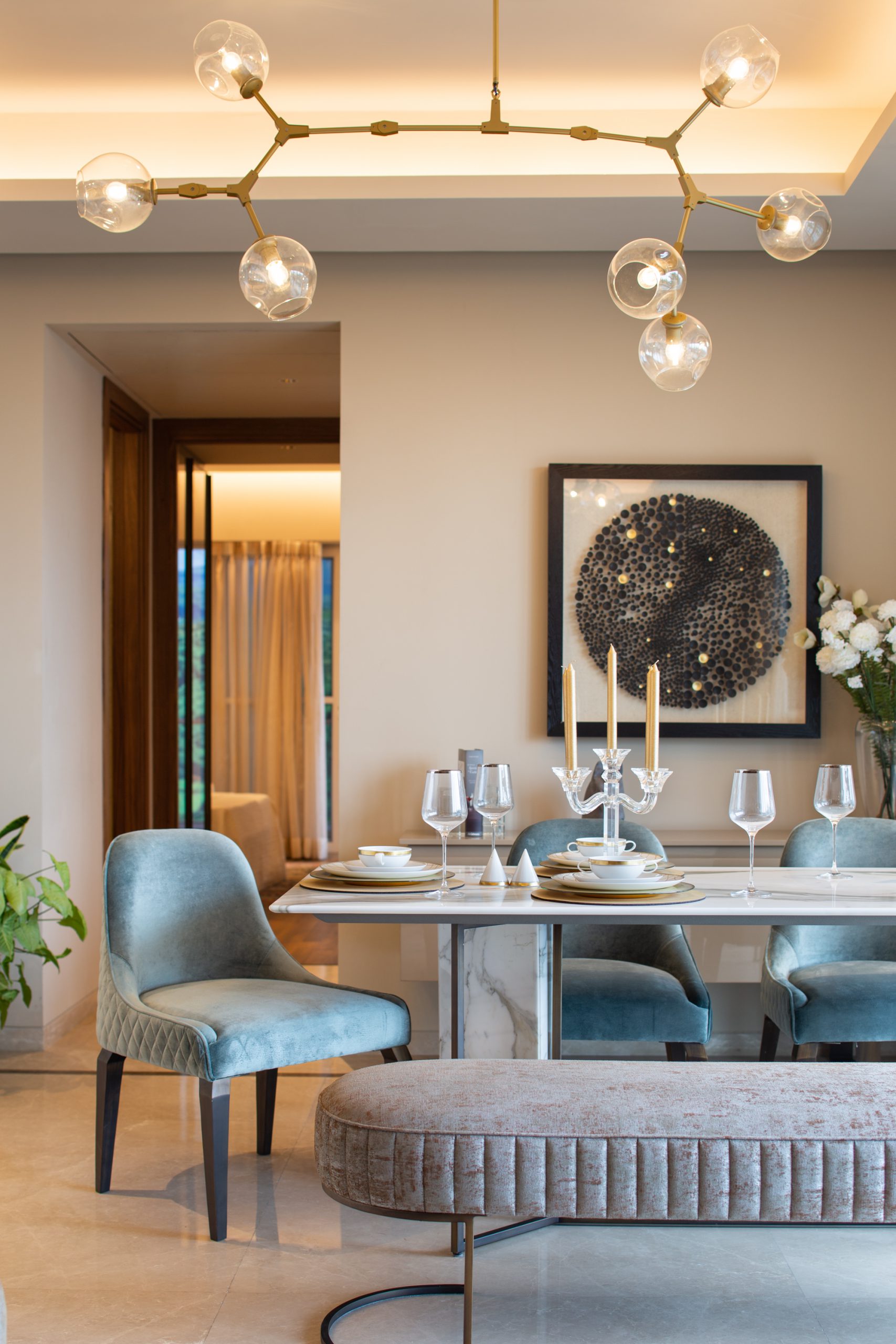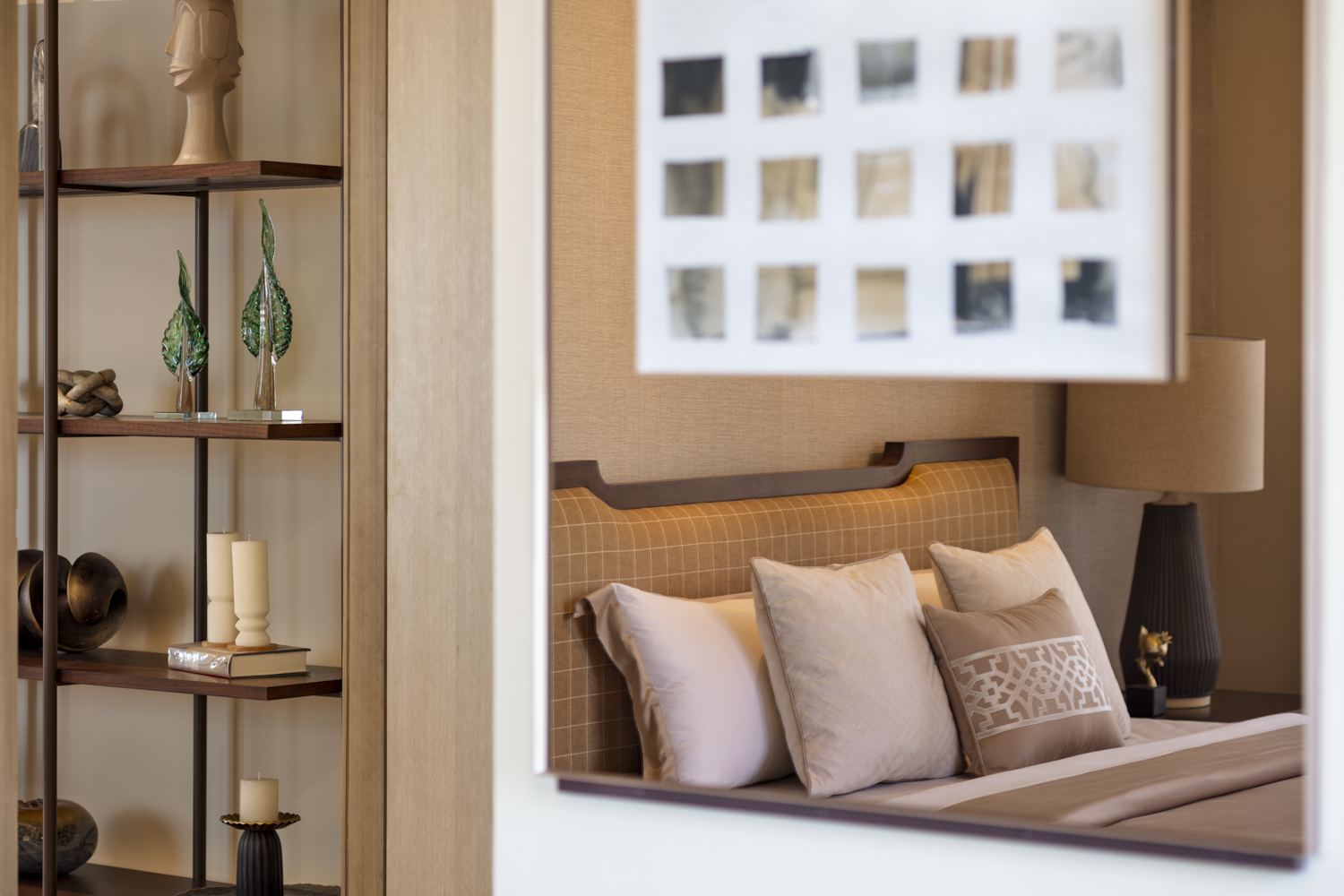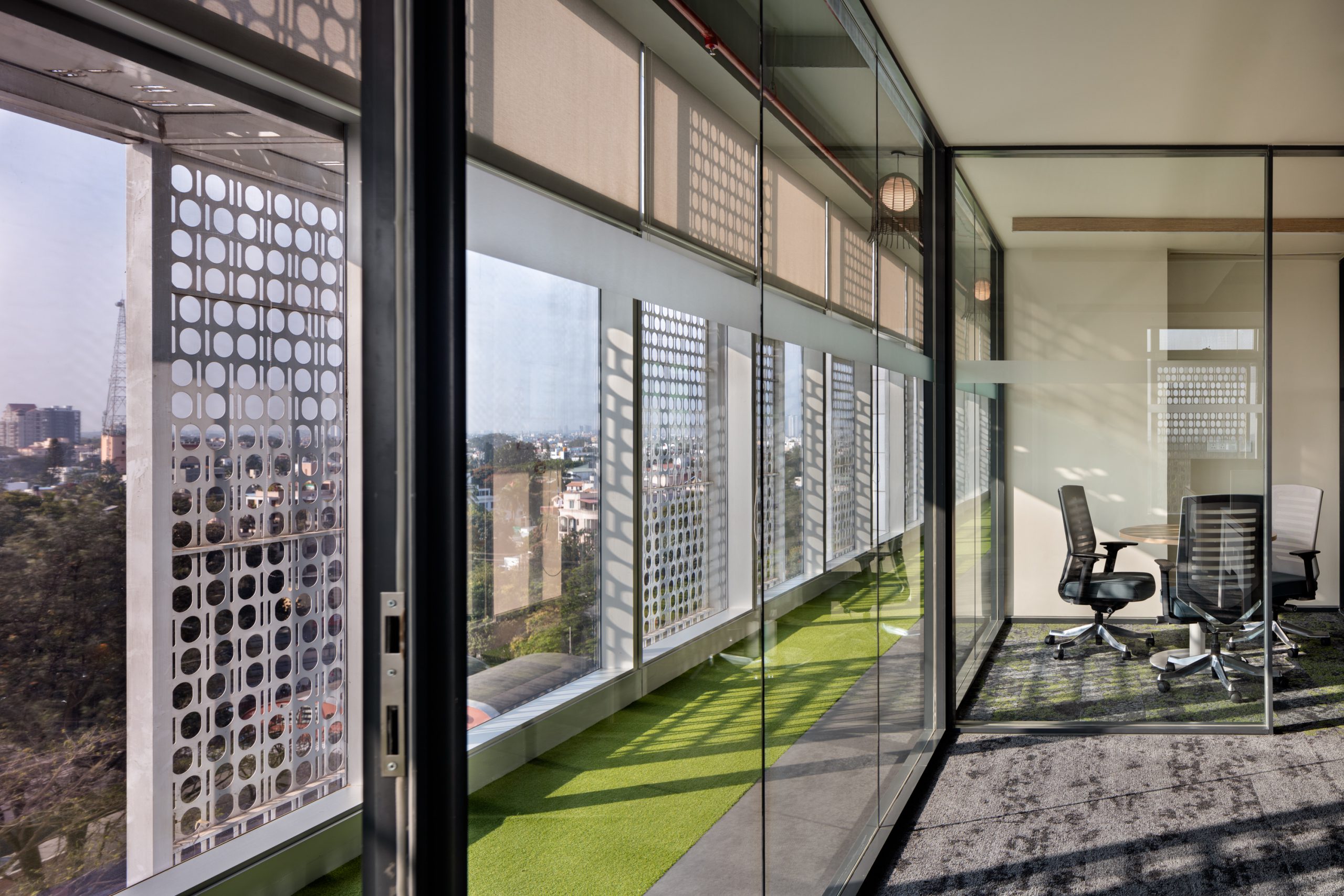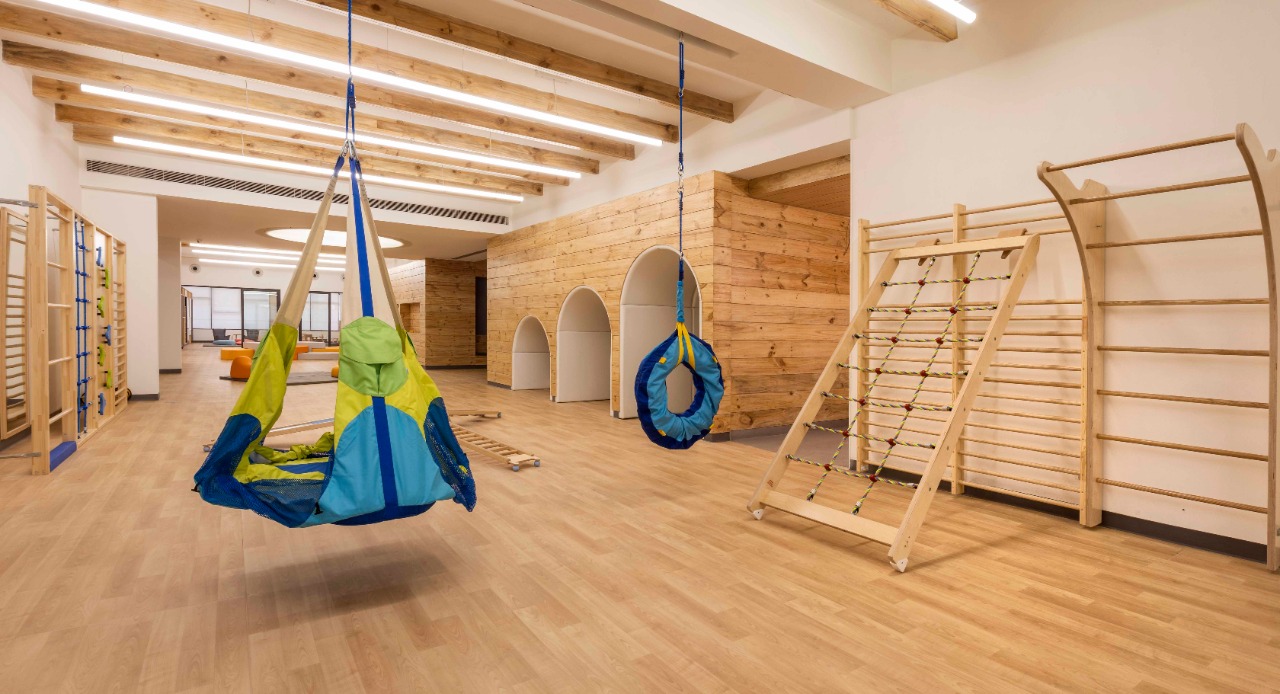
Rethinking School Design & Architecture
Blog 35
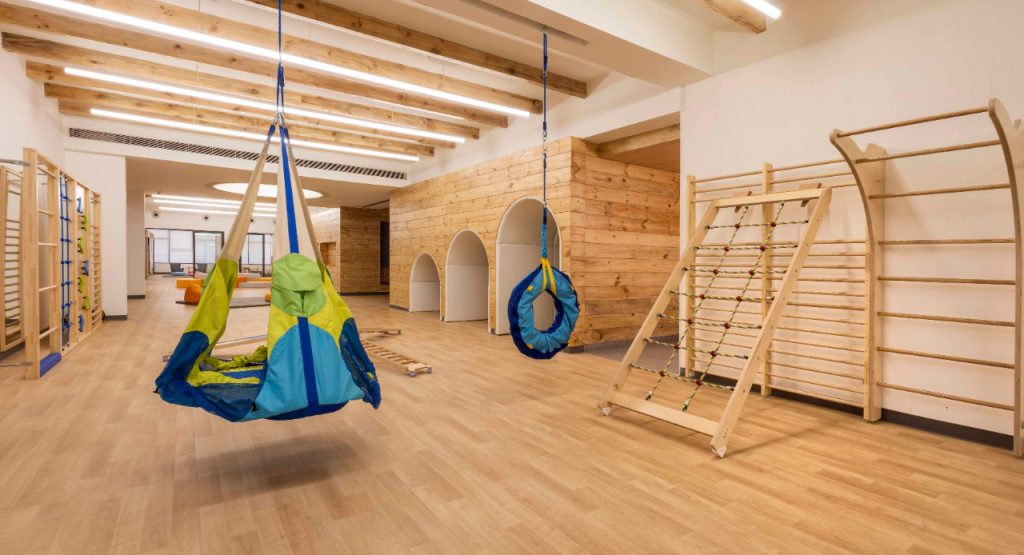
Gone are the days of rigid, traditional classrooms; today’s school designs prioritise adaptability, creativity, and student-centric spaces. A child’s learning outcome is heavily influenced by the design of his or her school. In recent years, flexible designs with a holistic, whole-life approach have been popular because they support health safety procedures that are required in the new normal. A progressive school focuses on learning via hands-on projects and activities. New-age school designs consider children’s physical and emotional well-being.
Designing for Wellness
The design vocabulary of schools today should focus more on holistic wellness, which can be accomplished by balancing the flow of indoor and outdoor spaces. Consider using expansive windows, glass facades, and naturally illuminated places to create coherent environments. Furthermore, by seamlessly integrating textures and gentle hues, one can create a warm and cosy atmosphere in the classroom.
Adaptive Learning Spaces
To maximise capacity, the layout should be clean-lined and clutter-free, expanding its domain to an accessible, barrier-free environment that ensures children’s safety and security. Another option is to use sliding glass doors instead of walls, which allows for constant changes in the size of the enclosure and facilitates linkages between various regions. Finally, it is critical to instil a sense of emotional and physical wellness in indoor and outdoor areas and achieve a cognitive balance between the two.
A child’s imagination can flourish in environments that are open and flexible. These rooms can be quickly modified to fulfil multiple roles in schools. For example, one can replace stereotyped, enclosed classrooms with flexible and immersive learning environments to push the boundaries and explore the outdoors, sparking self-discovery. The ability to perform educational activities in various groups is made possible by integrating open-plan layouts and multipurpose spaces in school design.
Ergonomic Designs
The average child attends school for six to eight hours. In addition to endangering their health, poor posture can have serious adverse effects on their mental health, particularly in terms of diminished productivity and lack of focus. Thus, ergonomic furniture is essential in classrooms, allowing students to sit comfortably and boosting their attention span. The relationship between student well-being and flexible, ergonomic seating alternatives has been validated through research. In particular, versatile and portable furniture in the school or classroom design can help set up multifunctional spaces.
Engaging with their natural surroundings helps children learn more effectively. Play-based learning promotes meaningful relationships and keeps youngsters active and socially engaged. Thus, every school design must create a learning environment that replaces traditional, frightening institutional architecture. The design strategy of a progressive school emphasises learning via hands-on projects and activities. Collaborative and interactive school design also encourages children’s imaginations. Furthermore, these places promote student-teacher interaction and the development of discursive educational practice, which is linked to the child’s overall accomplishment.
